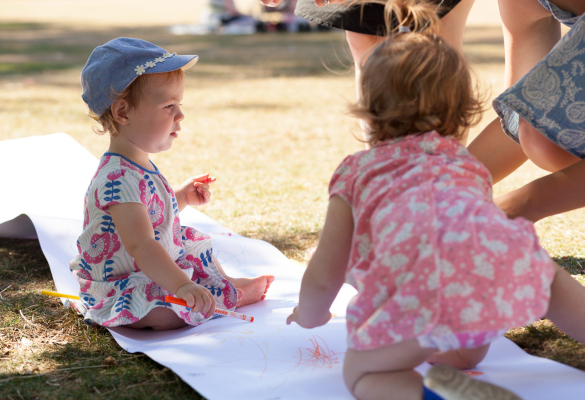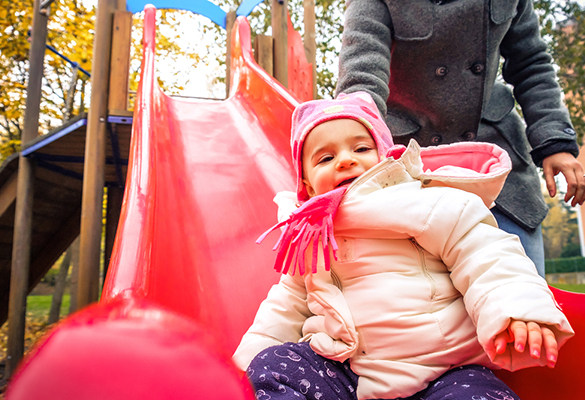The Hub
Progress check at aged two
The two year old progress check is a statutory, summative assessment tool that is used to summarise children's achievements to determine whether they are developing within their age related expectation. It is based on high-quality, on-going assessment, including contributions of parents and young people, and other professionals when needed. The check is carried out anytime during the child's second year up until they are three years of age.
The aims of the progress check are to:
- review a child’s development in the three prime areas of the EYFS;
- ensure that parents have a clear picture of their child’s development;
- enable practitioners to understand the child’s needs and plan activities to meet them in the setting;
- enable parents to understand the child’s needs and, with support from practitioners, enhance development at home;
- note areas where a child is progressing well and identify any areas where progress is less than expected; and
- describe actions the provider intends to take to address any developmental concerns (including working with other professionals where appropriate).
Key Principles
The check:
- should be completed by a practitioner who knows the child well and works directly with them in the setting. This should normally be the child’s key person;
- arises from the ongoing observational assessments carried out as part of everyday practice in the setting;
- is based on skills, knowledge, understanding and behaviour that the child demonstrates consistently and independently;
- takes account of the views and contributions of parents;
- takes into account the views of other practitioners and, where relevant, other professionals working with the child;
- enables children to contribute actively to the process.
The progress check must identify
- The child’s strengths in the prime areas
- Any areas where the child’s progress is less than expected
Early Identification
If there are significant emerging concerns or an identified special educational need or disability, practitioners should develop a targeted plan to support the child’s future learning and development. Parents and/or carers and other professionals (for example, the provider’s Special Needs Co-ordinator (SENCO) or health professionals) should be involved as appropriate.
Assessing in Partnership
For any assessment of development to be meaningful and useful, a complete picture of a child should be obtained. This will best be realised when parents, the child, and all practitioners and professionals who know or have involvement with the child, participate fully in the assessment process.
The role of parents
A starting point for all assessment should be an acknowledgement that parents know their children best. This knowledge should be reflected in both on-going dialogue and in the progress check.
This on-going dialogue or sharing of regular two-way observations on learning and development with parents, leads to improve cognitive, social and emotional outcomes for children.
Parents and practitioners should reflect together on what:
- a child likes to do;
- he/she is trying to master or has just learned;
- new words/language structures are emerging; and
- particular interests or patterns in play and exploration are observed at the moment
Progress Check at age two Templates and Guidance
Progress check at age two templates and guidance will support practitioners with completion of the statutory assessment.
- Progress check 1 template
- Progress check 2 template
- Progress check 1 guidance
- Progress check 2 guidance
The flow chart provides step by step guidance for practitioners completing the progress check at age two to work in partnerships with parents/carers and relevant health and educational professionals to identify strengths as well as any developmental delay and offer any particular support from which they think the child/family might benefit.

